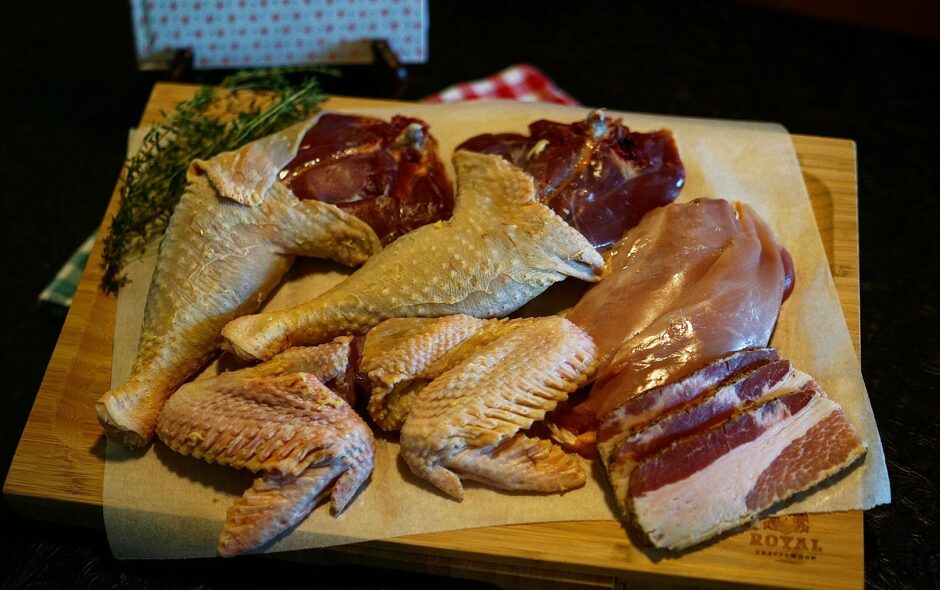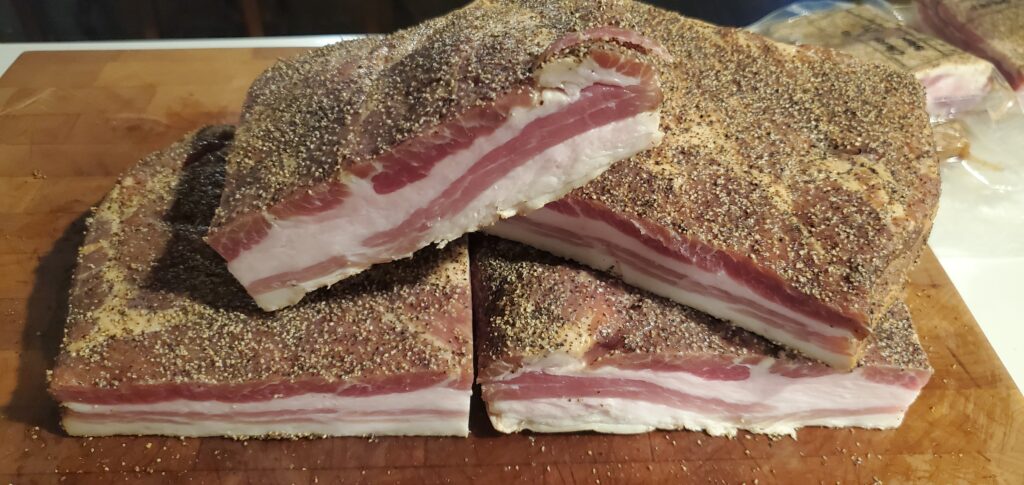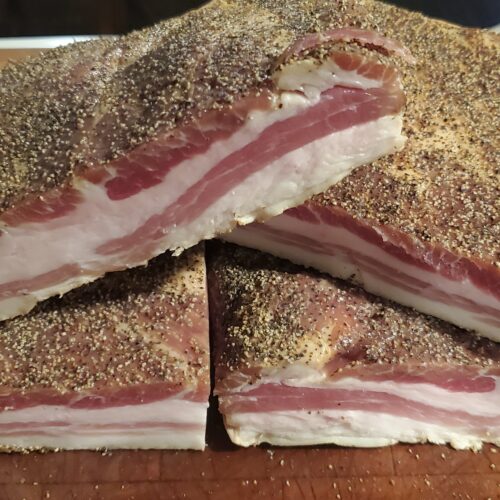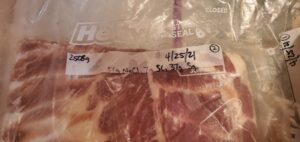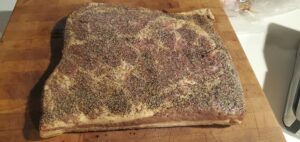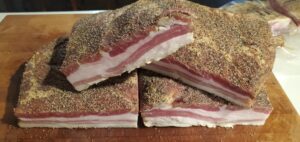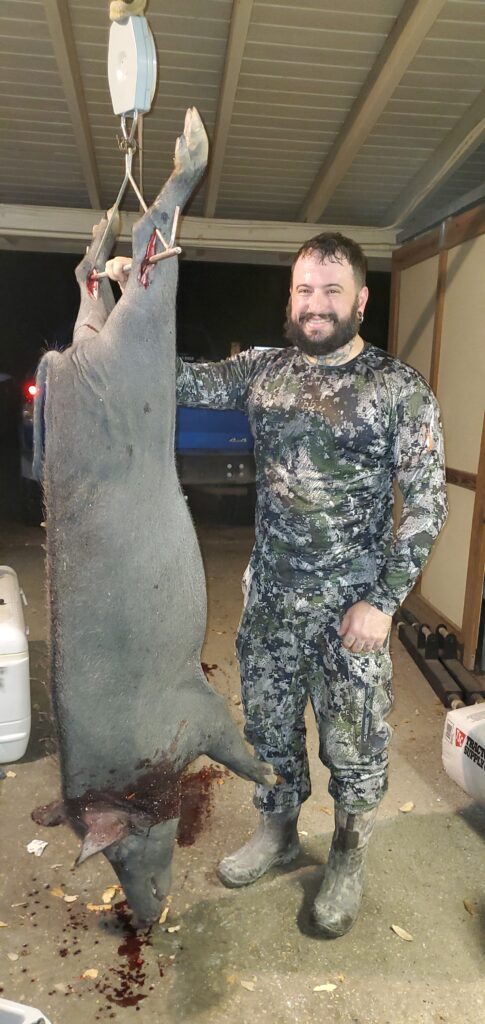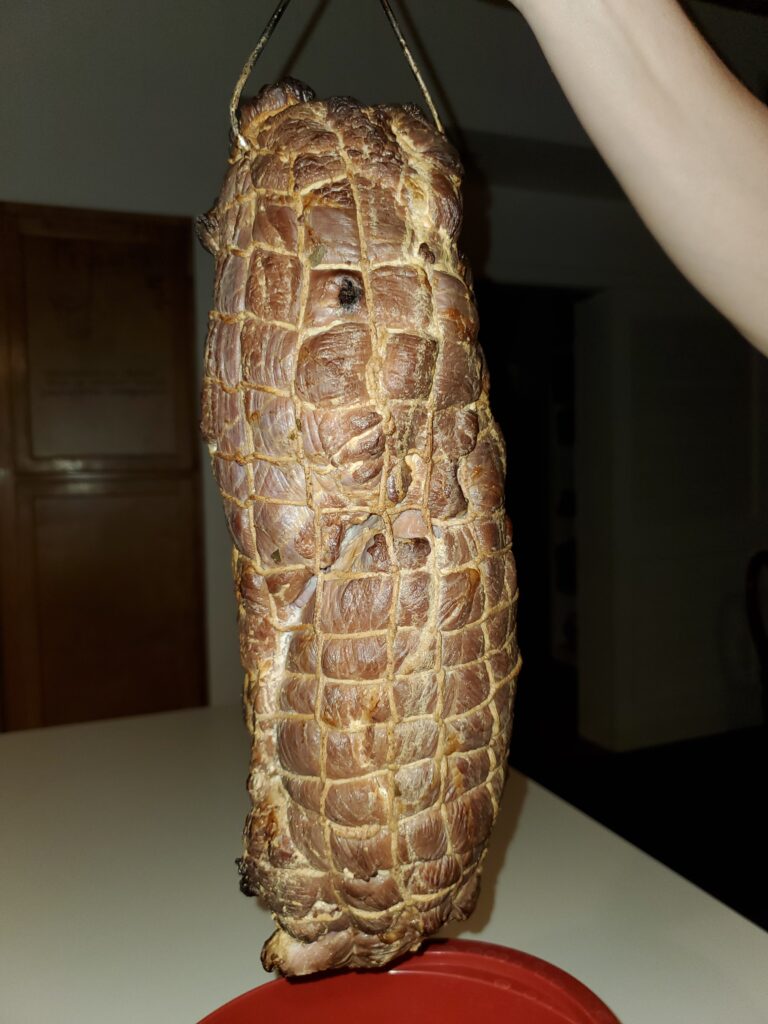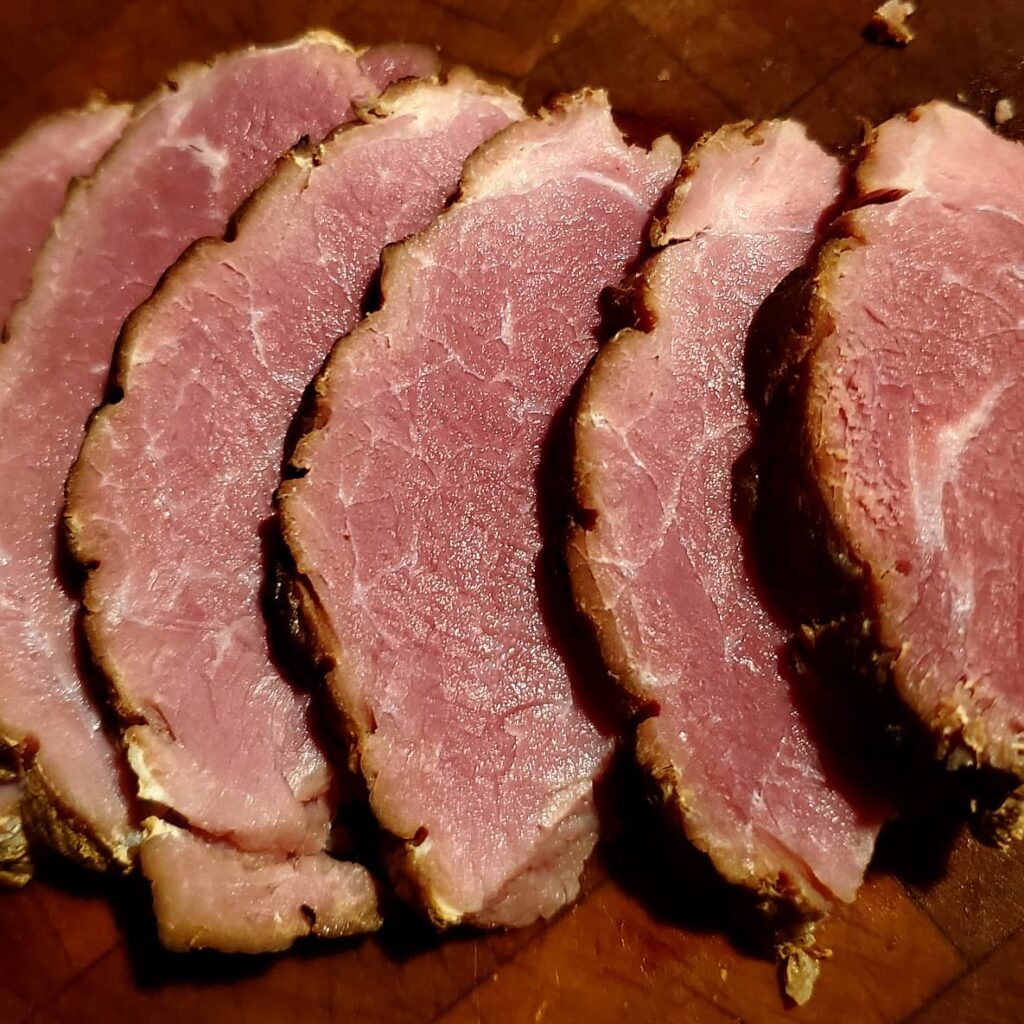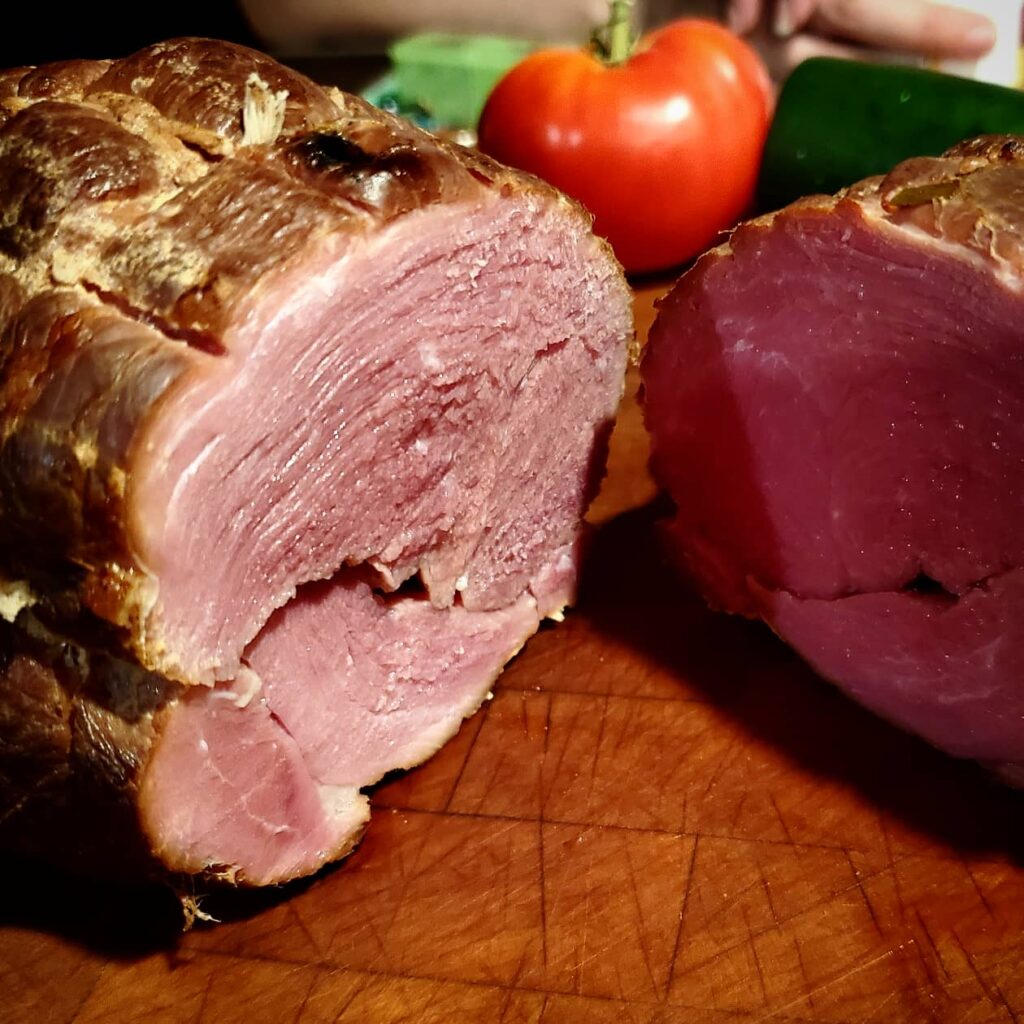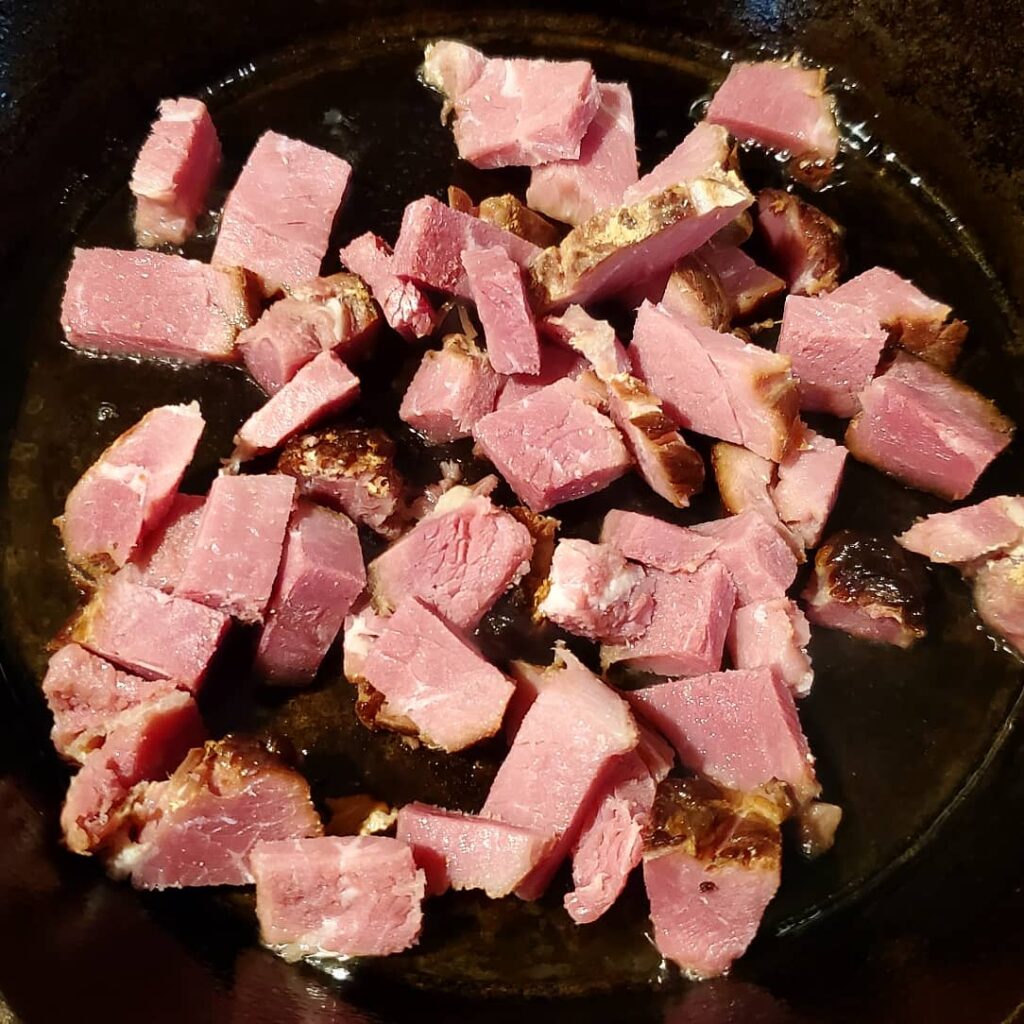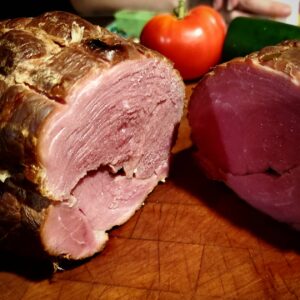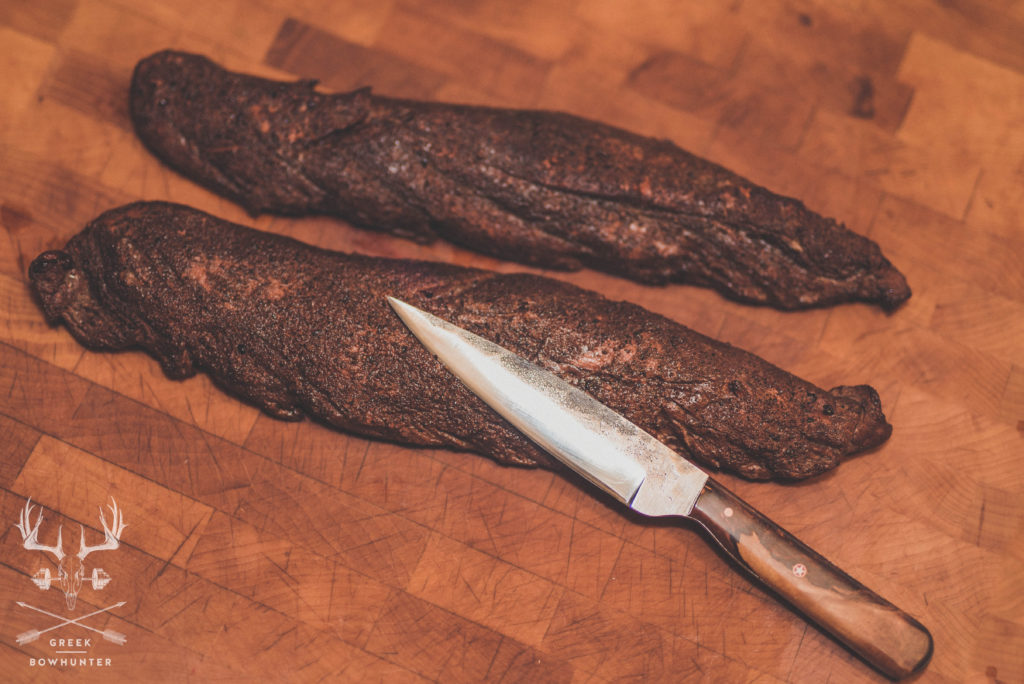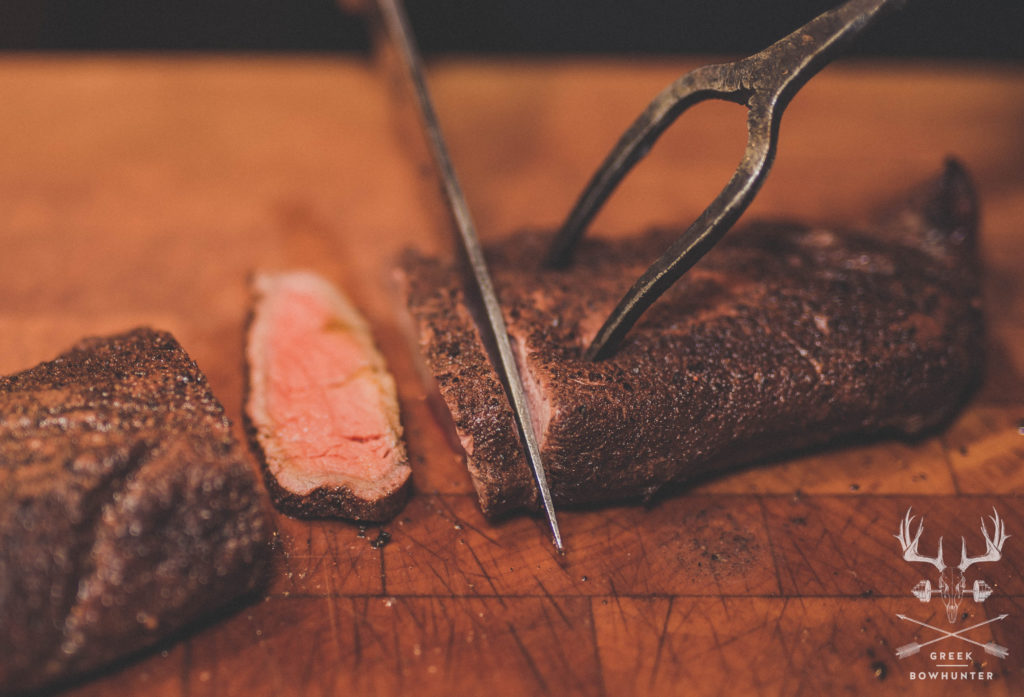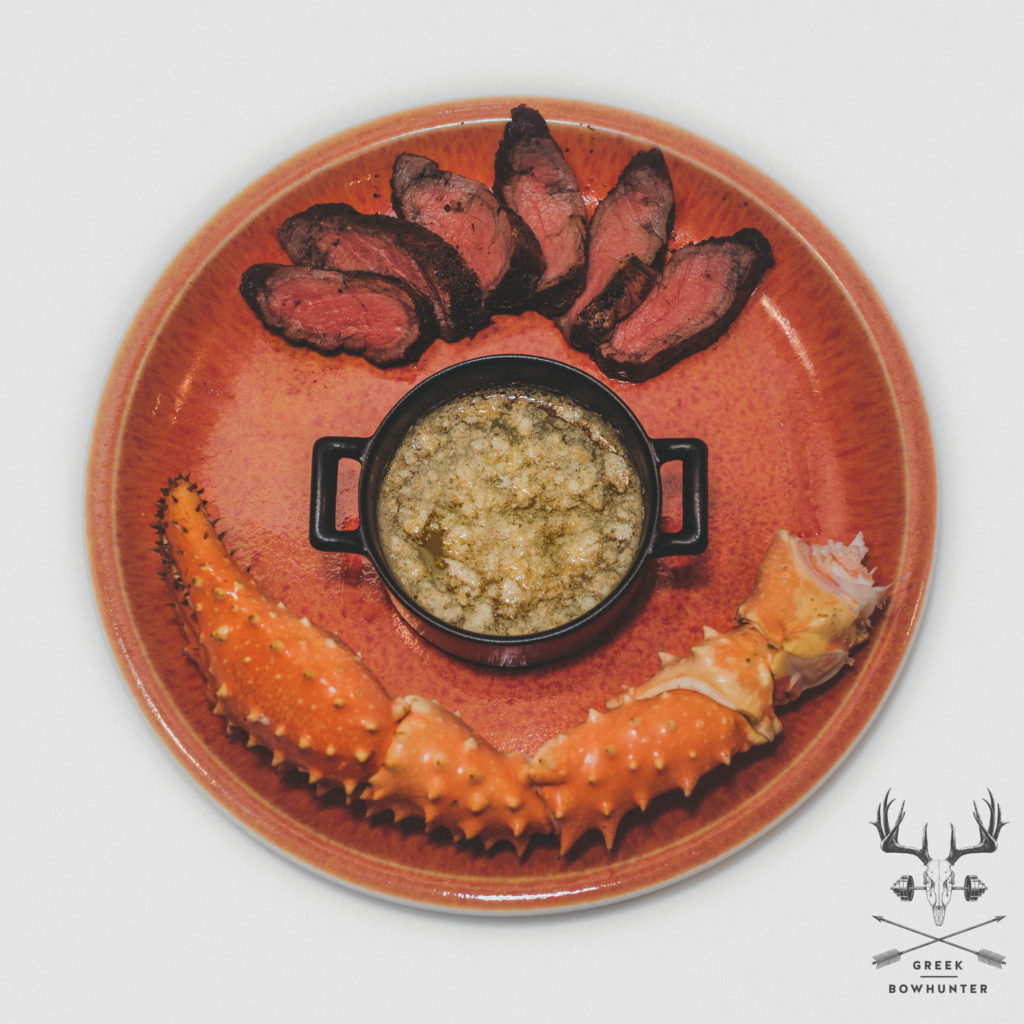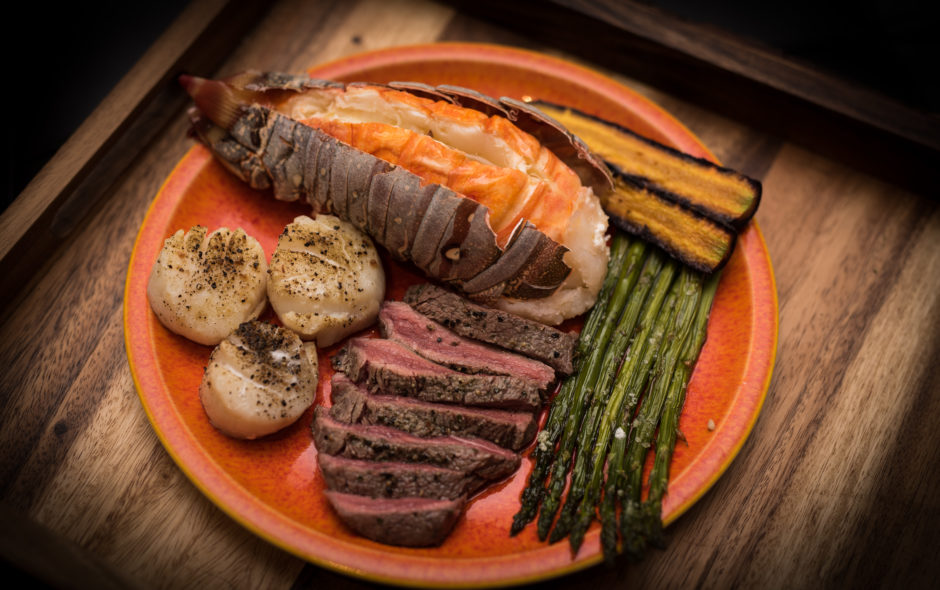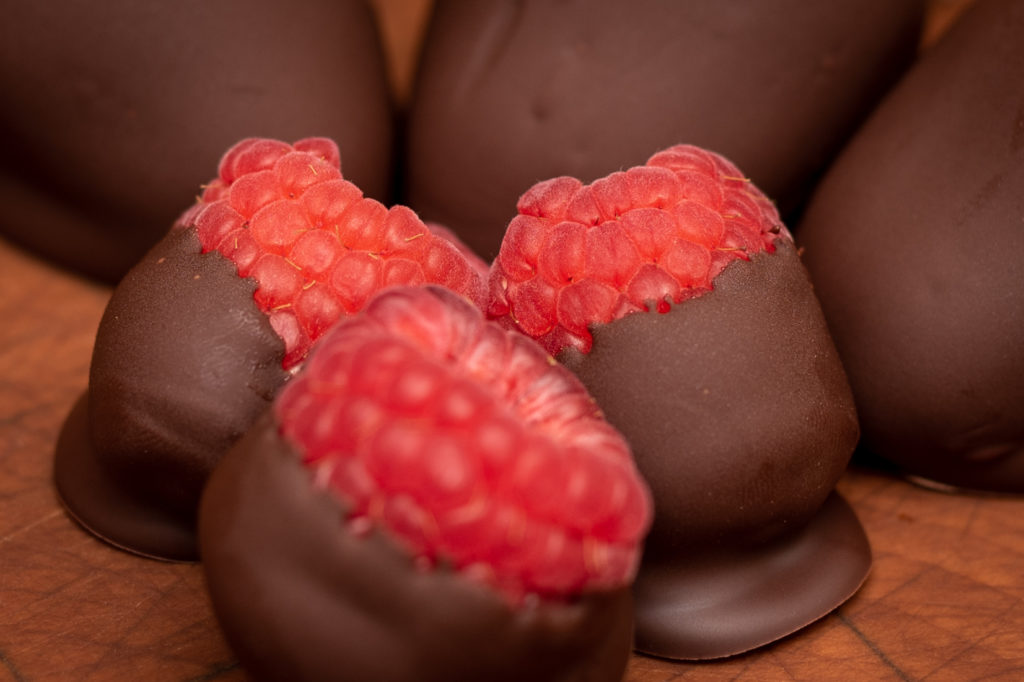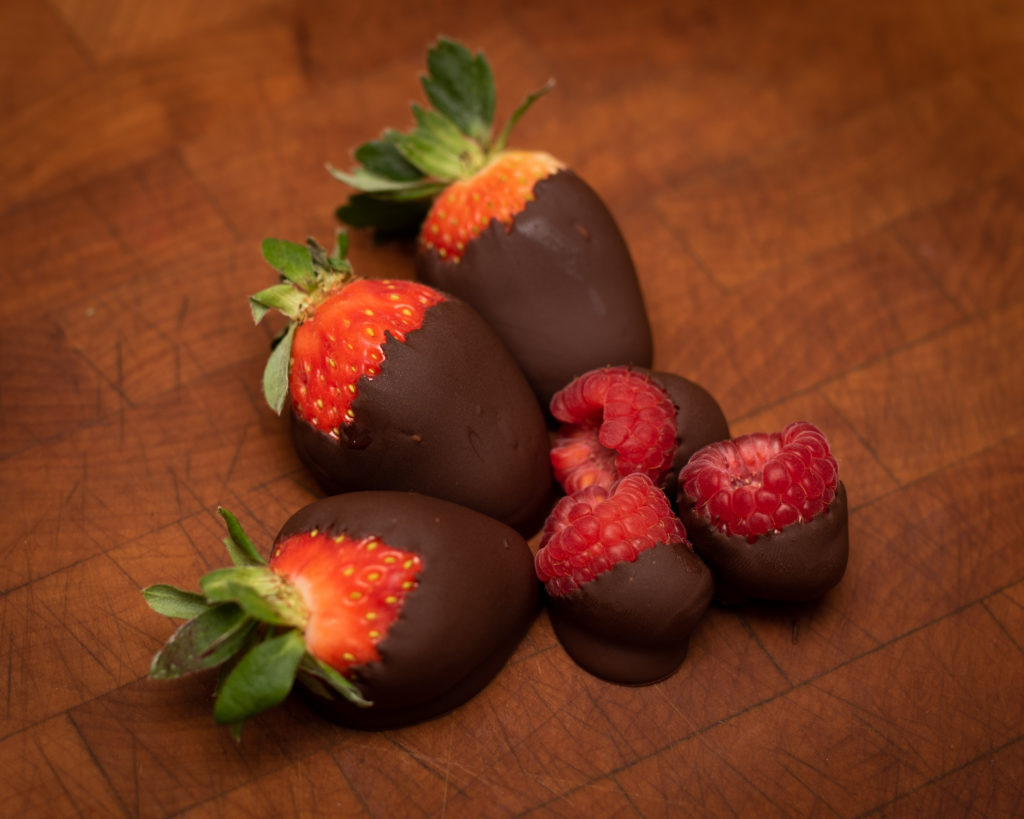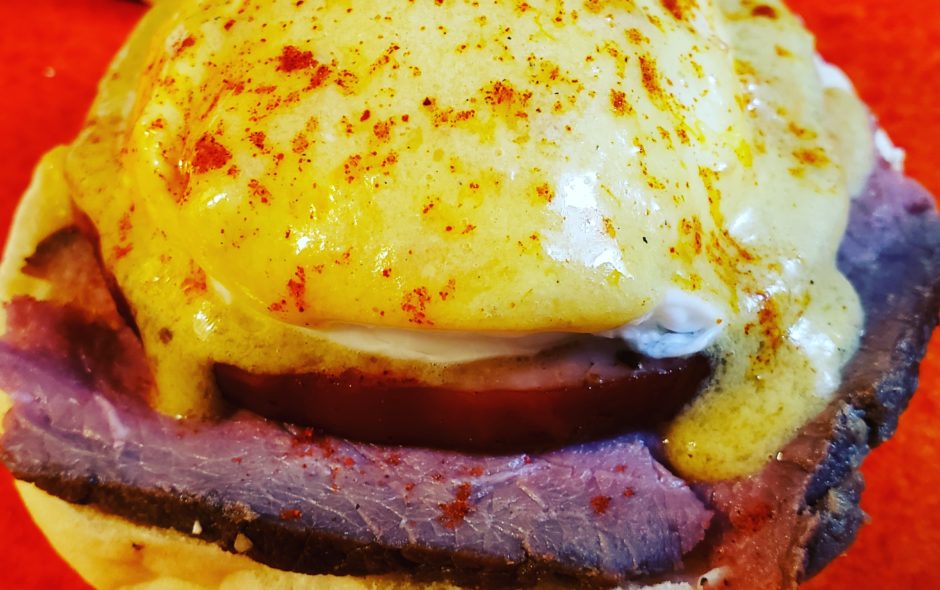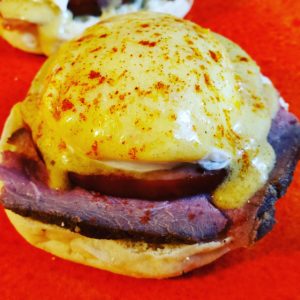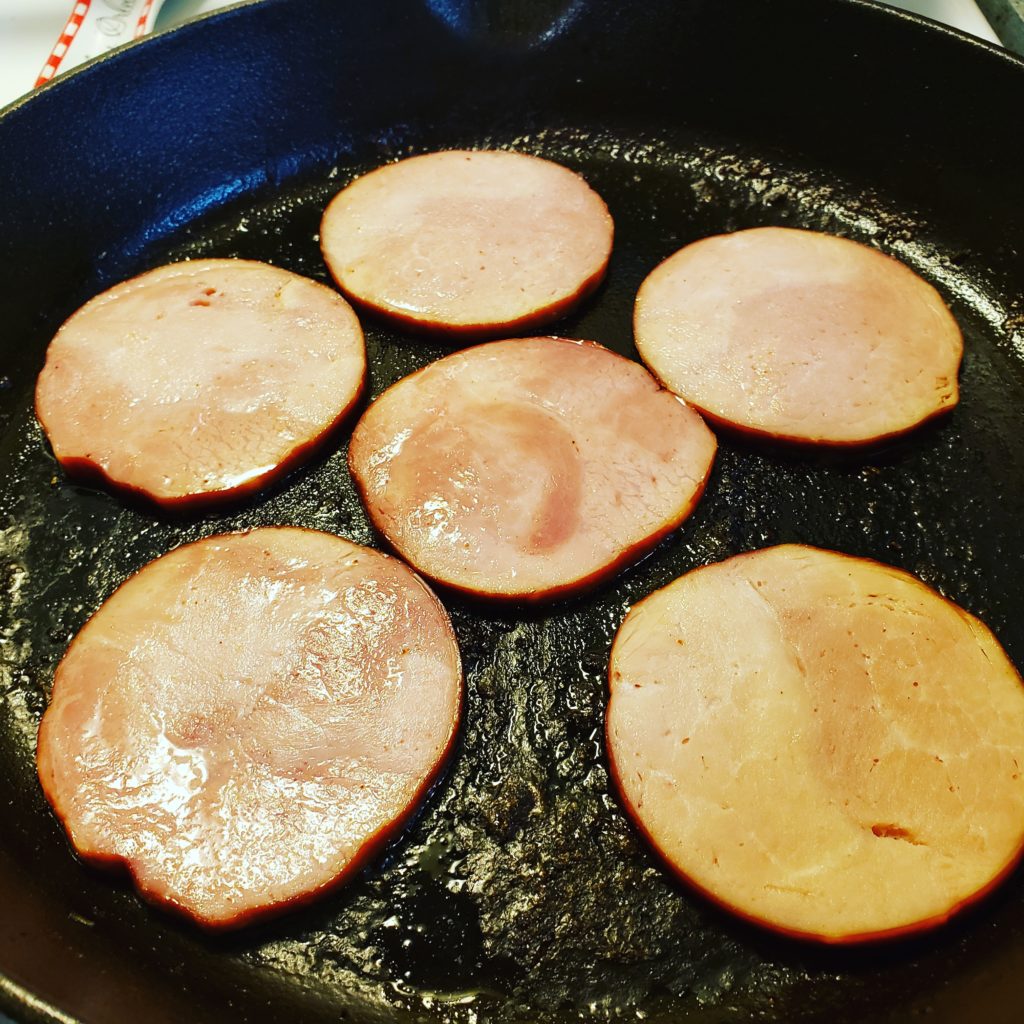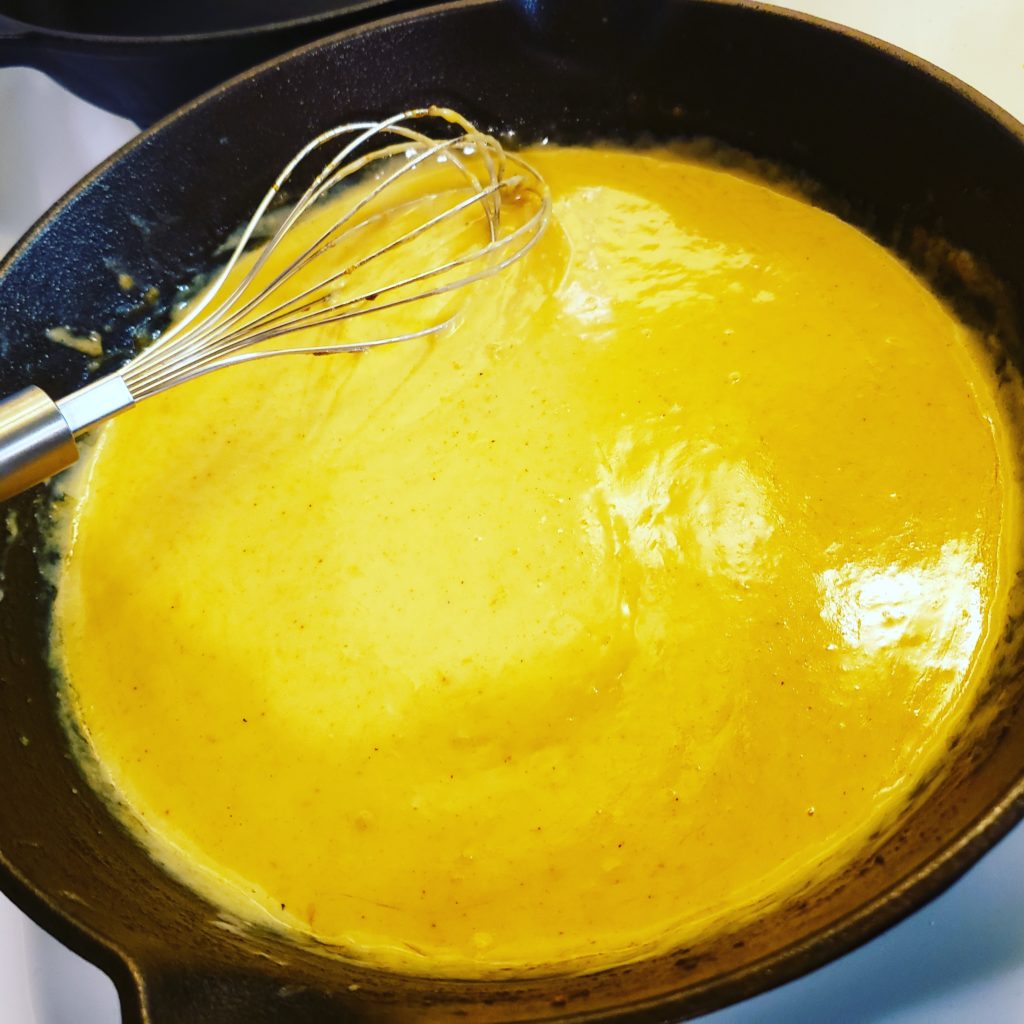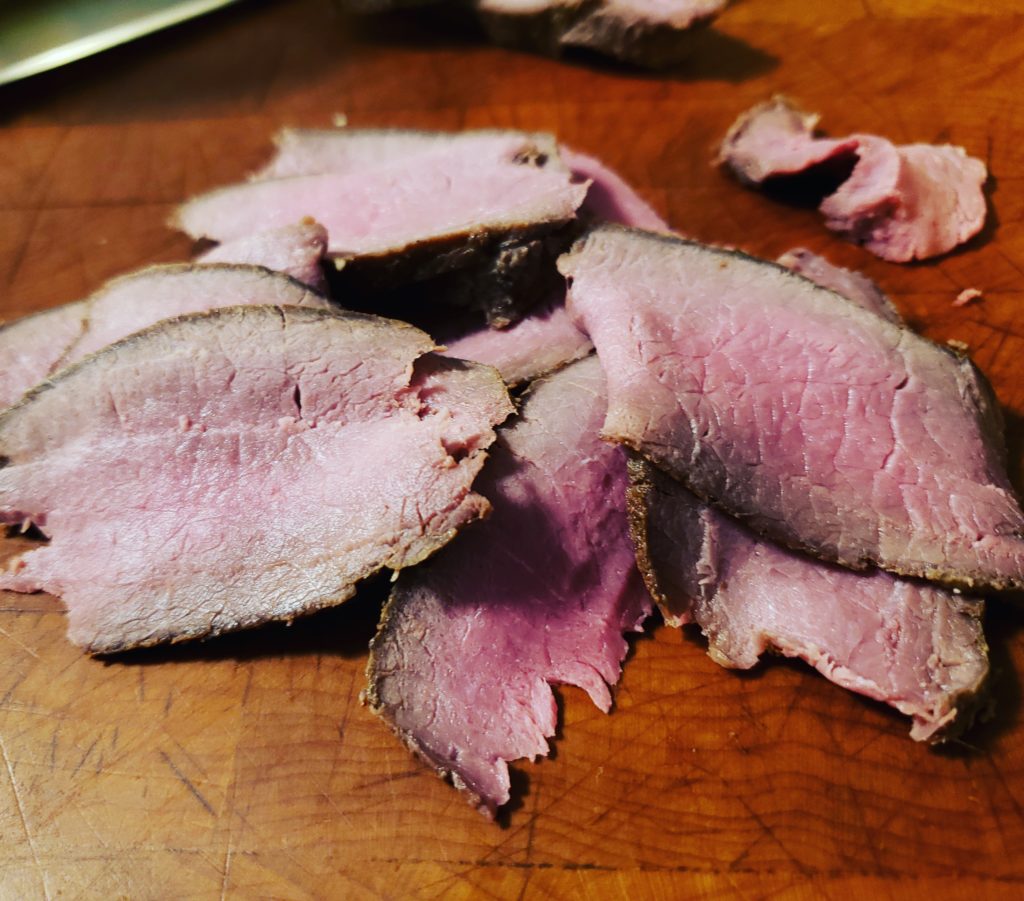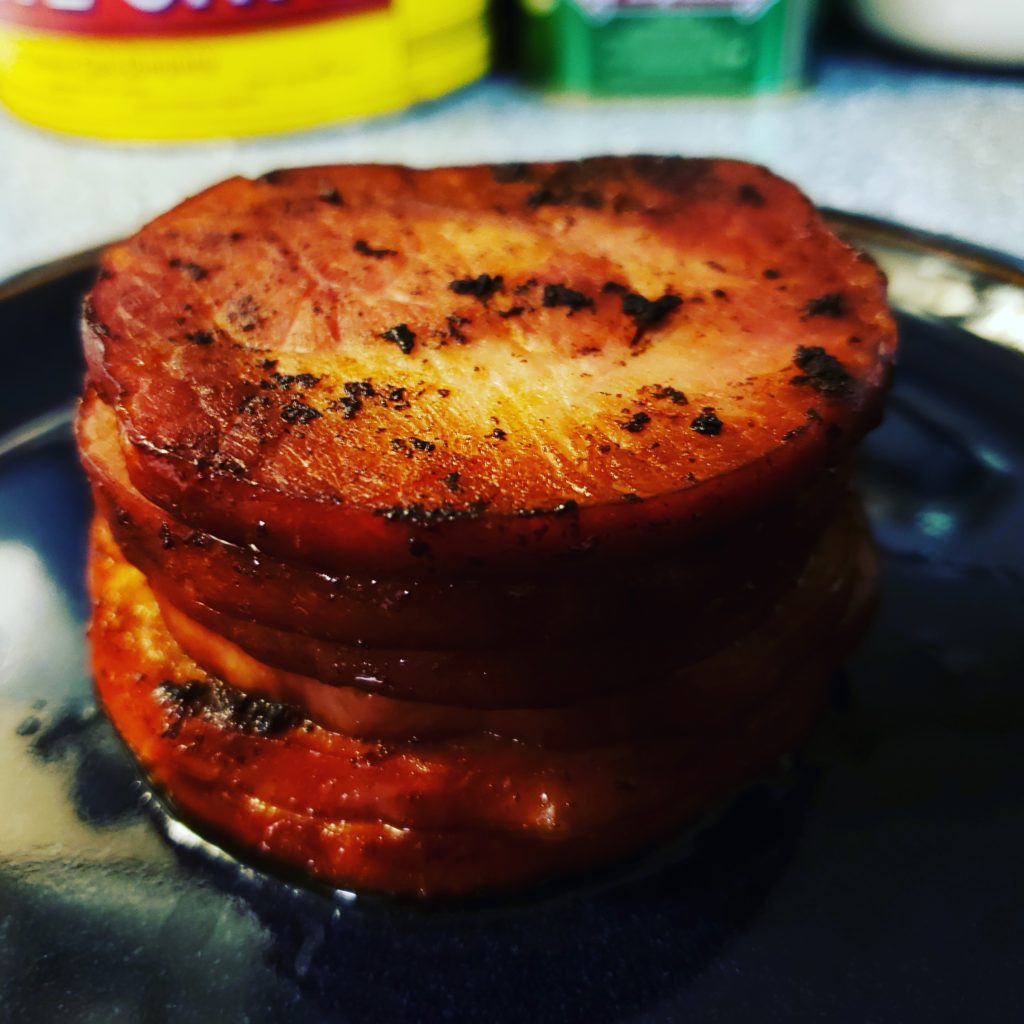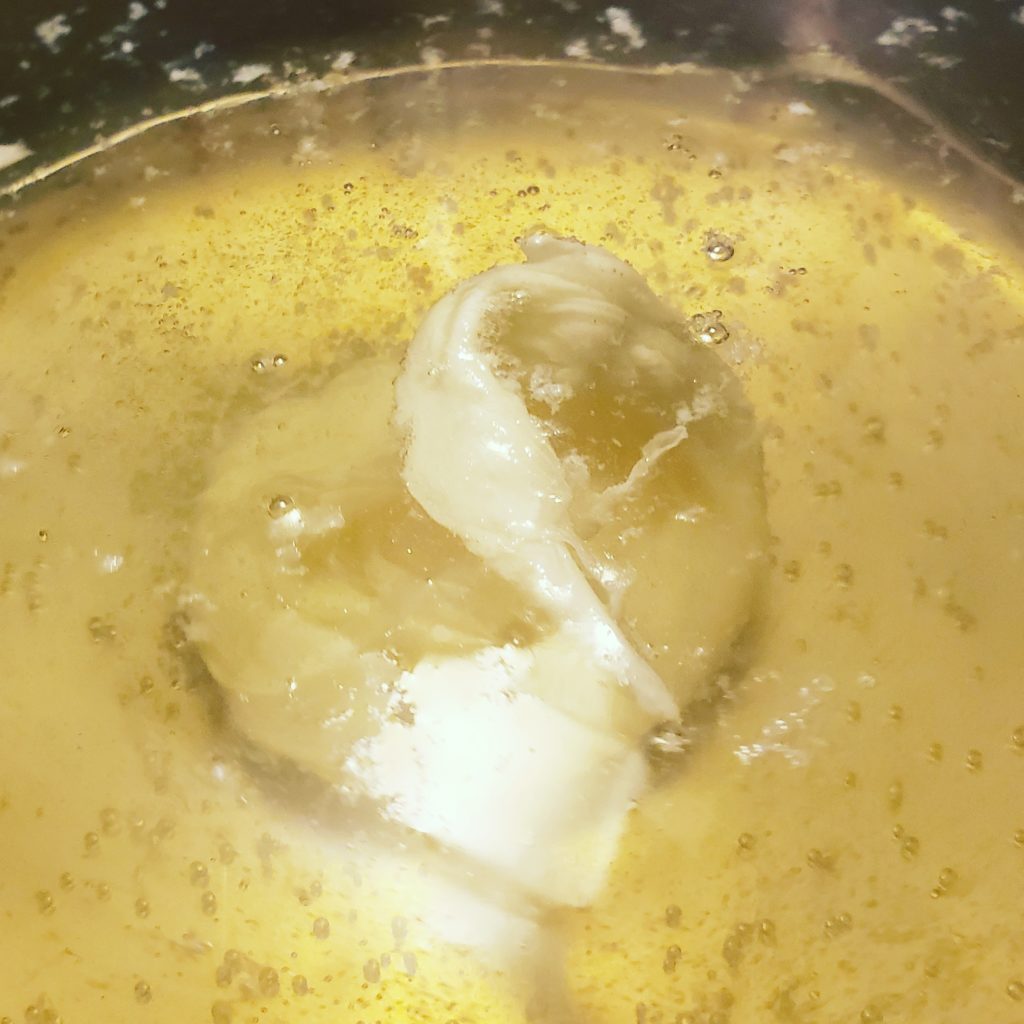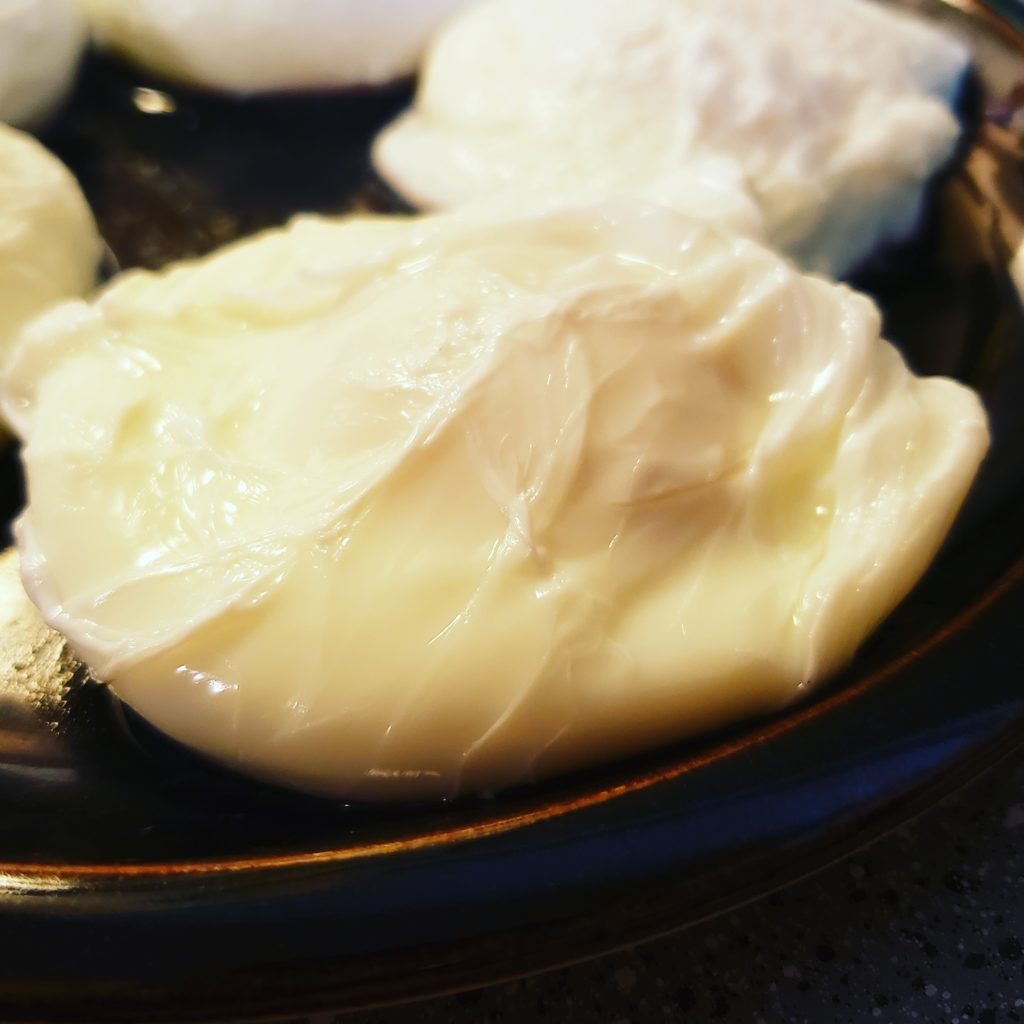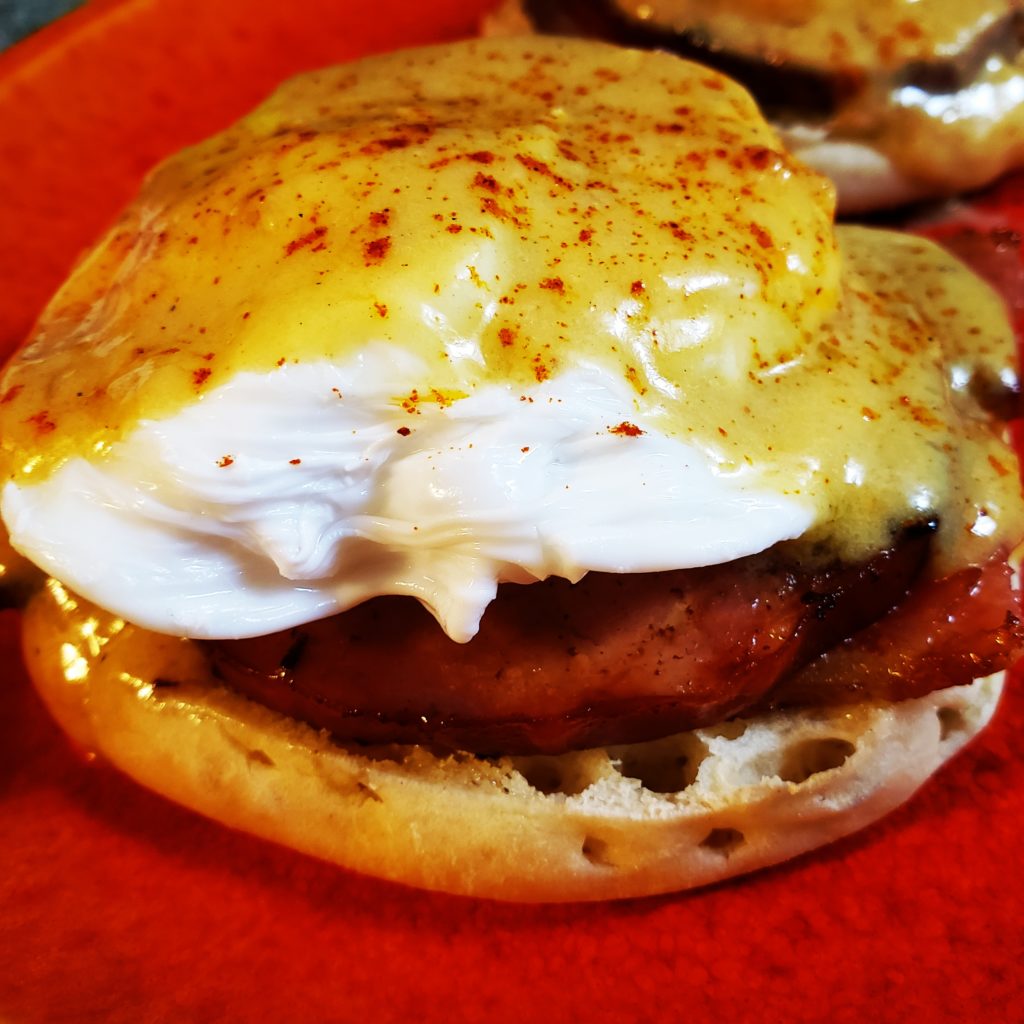Pioneered in France, popularized in mid-20th century America by the legend Julia Child, and now destined for your dinner table and guests, Coq au Vin is a timeless French classic that I’m honored to share with you today. My take on it seeks to marry traditional ingredients with a few modern twists to make preparation palatable to the modern chef. Follow along, give it a shot, and you’ll be sure to impress your guests at the next gathering you host.
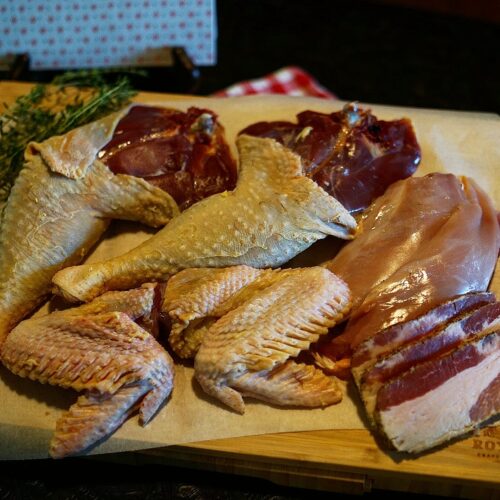
The Ultimate Coq au Vin
Equipment
- Large pot (preferably cast iron) with lid
- Large bowl
- Tongs
- Wooden spatula
Ingredients
- 1 tough old rooster (or any chicken) butchered into thighs, drums, wings and breasts
- 4 oz lardons (raw weight)
- 3 cups cabernet sauvignon wine not super fancy, but not hobo wine either
- 1 onion large, diced
- 1 carrot chopped
- 8 ounces baby portabello mushrooms chopped
- 1 tbsp pre-minced garlic hate all you want but it's amazingly convenient
- 1 tbsp tomato paste
- 8 oz pearl onions OR shallots peeled
- 2 tsp kosher salt
- 1 tbsp thyme leaves freshly harvested and chopped, no thick stems
- 1 tsp black pepper fresh ground
- 1 bay leaf from the nearest bay
Instructions
Butcher and marinade (day before you plan to serve)
- Find that one rooster at your farm that has really been pissing you off. Liberate its head from its neck, then pluck the bird. Break the old roo down to boneless breasts, thighs, drums, and wings.
- Put the pieces in a large bowl, then add wine, thyme, and the bay leaf. Cover and marinate overnight.
Preparation (day of serving)
- Using a large pot with a lid (cast iron preferred, but any will do), cook the lardons until they are crispy, and all the fat has been rendered. Transfer them to a paper towel covered plate with tongs, and them them cool. Do not remove the rendered bacon fat from the pot.
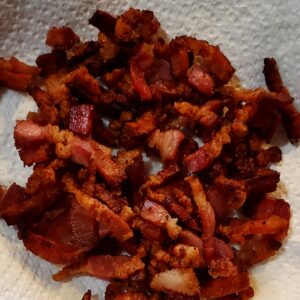
- Remove chicken from the marinade, drying it thoroughly with paper towels, or even better – a couple old (but clean!) terry cloth rags. Heat the bacon fat until you see the first wisps of smoke, then brown each side of each piece of chicken in the fat. It may take a few rounds depending on the size of your pot, which is perfectly fine. If in this process you start to run low on bacon fat in the pot, feel free to add some more you may have stored on your countertop (if you live in The South) or any other flavorful fat/oil you might have laying around. If not more bacon fat, I'd recommend either beef tallow or olive oil. Using your tongs, remove each finished piece of chicken, and place it on a plate.
- Add chopped onion, carrot and half of the mushrooms to the pot, and let them have a turn browning in the bacon fat. The heat should be medium – enough to brown the veg, but not so much that everything is smoking and setting off your smoke detectors. It should take 5-10 minutes to get the veg where you want, and be sure to use a wooden spoon to scrape all of the brown and black charred bits free from the bottom of the pot while you're doing this. These dark bits are the foundation of how incredibly savory and robust your broth will be by the time this dish is completed.
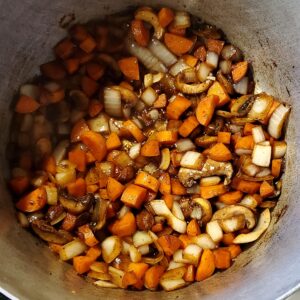
- Add garlic, tomato paste, all of the marinade, chicken, and half of the cooked lardons into the pot, and – in the words of a certain maiden from Arendelle – LET IT GOOOO, LET IT GOOOO….but really, just let it go.The idea here is that we want to retain our moisture level such that the chicken is mostly covered by liquid and can braise for as long as it needed to become fork tender. If you bought your chicken from the grocery, or say you used a meat bird you raised on your farm and slaughtered at nine weeks, this won't take too long – perhaps an hour or two. However, if you're using old Foghorn Leghorn, get comfy. An old rooster's act of defiance against you will be refusing to get tender until the universe ages, and you might need to braise for 3-4 hours. Your mileage may vary, and don't let a food blog paint you into a corner where you feel you need to end up serving Tractor Tire au Vin instead of Coq au Vin. Just let it go until when you test tenderness in the pot with a knife or fork, you're pleased with what you observe.
- While the chicken is braising, get a medium sized skillet, add butter, melt, and sauté pearl onions (or shallots), along with the other half of the mushrooms low and slow, for a good 10-15 minutes. The goal here is we want some of the veg to retain a nice chew and body to it. If we put everything in at the same time, all of the veg would be too soft and lacking in mouthfeel. What does in first contributes most to flavor, and what goes in last contributes most to appearance and chew.
- (optional) If you desire a thicker broth than what you have in the pot, feel fee to braise without the lid on the pot until your volume of liquid decreases, or simply add some corn starch that's been pre-mixed with water in a small measuring cup. If you do this, please remember that the thickening effect of corn starch takes a little time to manifest, so be patient.
- When you're ready to serve, dump the remaining ingredients in your skillet into the pot, along with the second half of the lardons you set aside earlier. Using a ladle, start a bowl off with a good scoop of the broth and goodies, and then place a piece of two of the chicken along with it. Garnish with parsley or more thyme if you wish, and enjoy!
Afterword
- Remember, cooking is art more often than it is science. Don't get too lost in the details that you don't enjoy yourself. Most importantly, don't be afraid to improvise! These instructions are guidelines, not hard rules that will result in ruin and sorrow if not perfectly followed. Take notes! If you decide you want the next batch to be easier on the bacon (perish the thought), more on the salt, less on the thyme, etc. – write this down! Taking an iterative approach to your dishes and building upon your notes will help you perfect the dish, and make it become YOUR recipe, and not one you simply followed off of the internet – which should be the goal!Enjoy!

